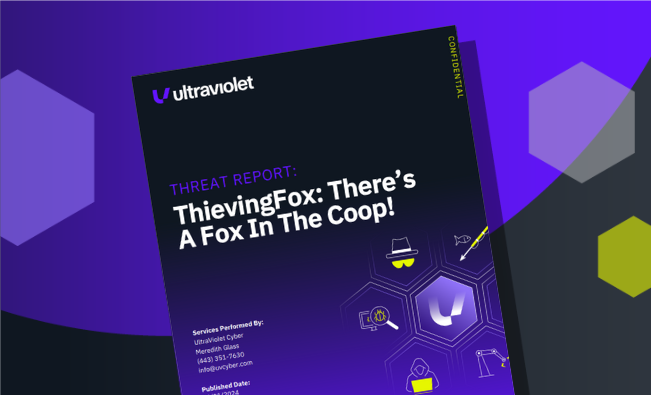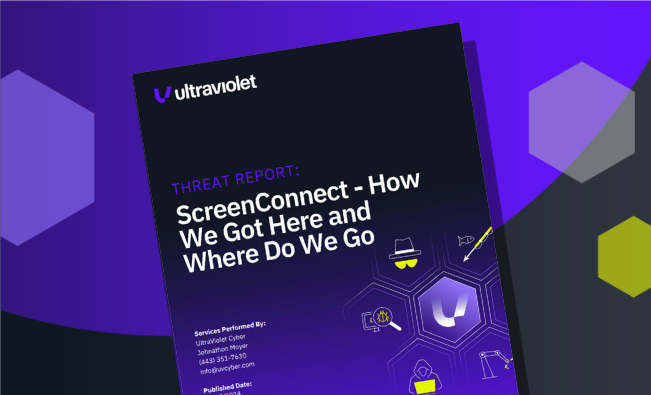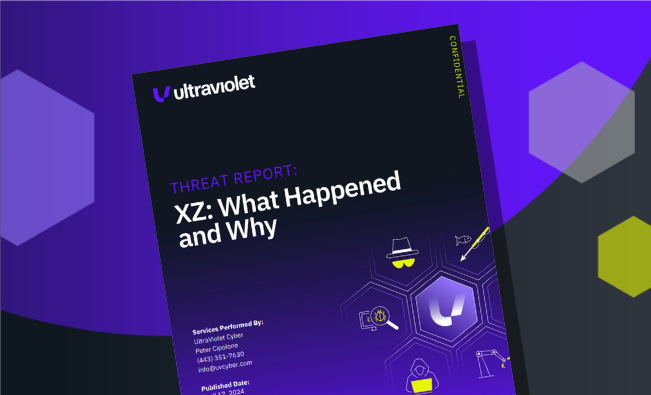
ThievingFox: There’s A Fox In The Coop!
ThievingFox a collection of post-exploitation tools was developed initially for the purpose of legal and ethical penetration testing, the code and functionality may be altered to allow threat actors to employ ThievingFox for a variety of malicious intentions...

